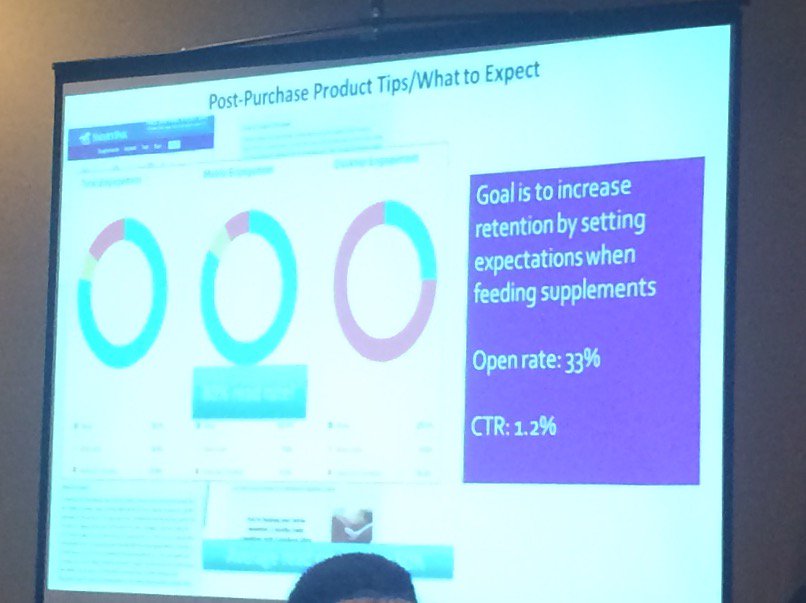Thoughts from #EEC16
EEC16 was my first Email Experience conference. I was very impressed. Dennis, Len, and Ryan put together a great program. I made it to two of the keynotes and both took me out of an email focused place to look at the bigger picture.![]()
Patrick Scissons discussed his experiences creating marketing and advertising campaigns for good and to share messages. Some of the campaigns were ones I’d seen as a consumer, or on the news. One of the campaigns he talked about specifically was for the group Moms Demand Action, looking at sensible gun control in the US. The images and symbology used in those campaigns were striking and very effective.
Kelly McEvers talked about her experiences as a correspondent in the middle east during the Arab Spring. She is an engaging speaker, as one who does radio should be. Her overall message and theme was that sometimes events are such that you need to throw the list away and go with it. As someone who lives by “the list” and tries to make sure I’m prepared for every eventuality I found that a very useful message. Particularly when throwing away “the list” turned into some massively successful stories.
In terms of sessions, I found the email content session fascinating. I blogged about content in email last week and did some live tweeting, too. What really hit me after that session was that good marketing drives deliverability. Everything that Carey Kegel was talking about in terms of better marketing, sounded like things I recommend to clients to drive deliverability.
Back in 2012 I was writing posts about how delivery and marketing were somewhat at odds with each other. The premise was that marketing was about creating mindshare, and repeating a message so often a recipient couldn’t forget it. In email, repetition can cause recipient fatigue and drive delivery problems. But what I’m hearing now, from the leading minds of email marketers, is that email marketing works better if you send relevant and useful information to consumers. Recipients are key and you can’t just keep hammering them, you have to provide them with some value.
It seems marketing has finally come around to the delivery point of view.


